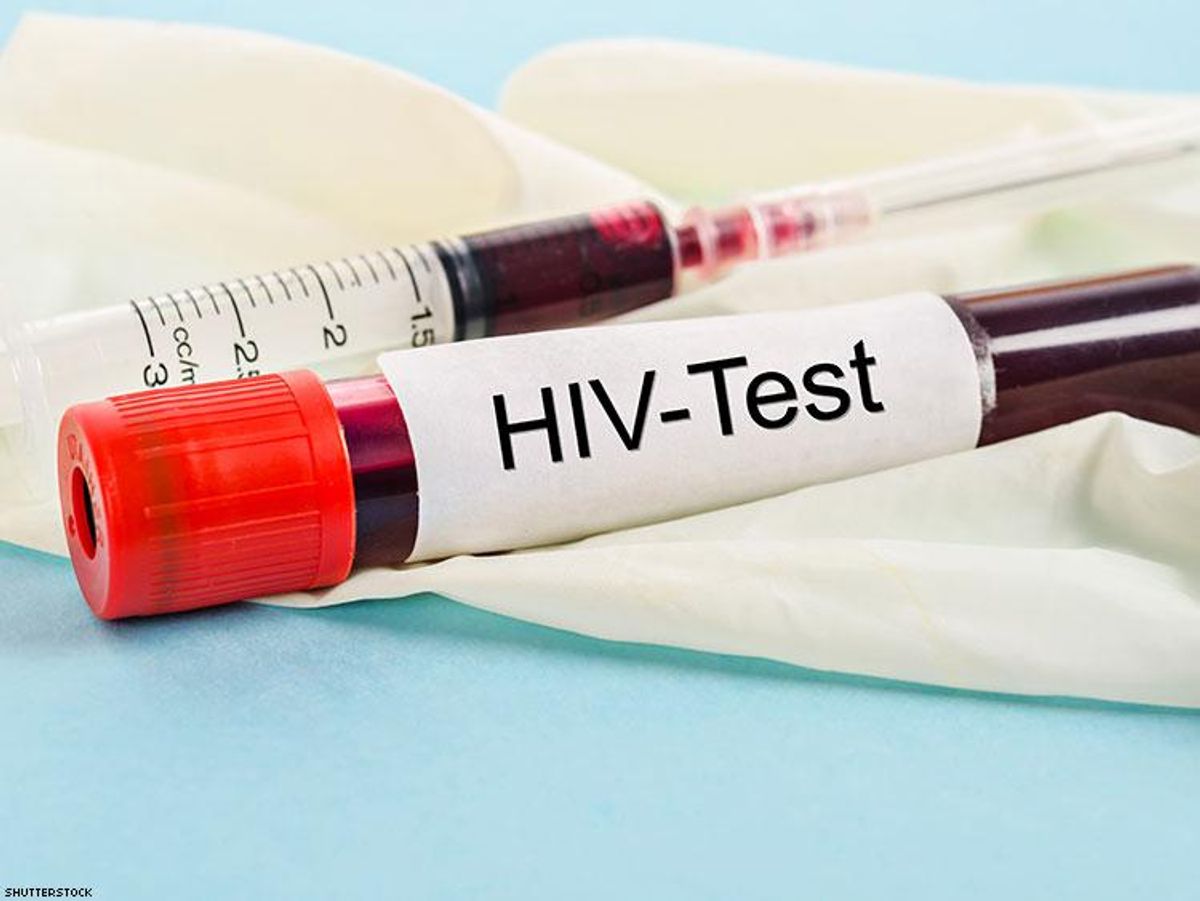We're winning the fight against HIV/AIDS, thanks to awareness and the development of pre-exposure prophylaxis (PrEP) treatment, but, as with all fights, there's still work to be done. A new report from the Center for Disease Control and Prevention presented on Valentine's Day at the Conference on Retroviruses and Opportunistic Infections (CROI) in Seattle outlines just how much work.
Between 2008 and 2014, the CDC estimates the number of annual HIV infections in the U.S. dropped 18 percent, from about 45,700 to 37,600. Infections dropped 18% (from 9,400 to 7,700) among men who have sex with men (MSM) ages 13 to 24, and 18% (from 9,000 to 7,400) among white MSM. Among the most vulnerable populations, African American MSM saw infection rates remain relatively stable (about 10,000 per year), which is good news since the CDC's report last year that estimated at current rates, one in two black MSM would contract the virus.
Related | PrEP Rally: NYC Health Department Addresses HIV in the Black Gay Community
The CDC says the decline in HIV rates is largely the result of efforts to increase people's awareness of their HIV status and take steps to viral suppression, thus reducing the risk of transmission. The CDC also claims increased use of PrEP "may" have played a role in preventing infections in recent years, after the FDA approved PrEP for HIV prevention in 2012. PrEP reduces the risk of HIV infection by more than 90 percent, so with more and more people using it, infection rates could drop even more precipitously.
Related | Massive Drop in London HIV Rates Likely Due to Buying PrEP Online
While infections remained the same among gay and bisexual men, in general (about 26,000 per year), among 25 to 34 year old MSM, HIV infections rose 35 percent (from 7,200 to 9,700) between 2008 and 2014. And among Latino MSM, infections rose 20 percent (from 6,100 to 7,300). Additionally, southern states continue to be disproportionately affected--though home to 37 percent of the U.S. population, the South accounts for 50 percent of estimated infections in 2014.
"Unfortunately, progress remains uneven across communities and populations," Dr. Eugene McCray, director of CDC's Division of HIV/AIDS Prevention, said in a press release. "High-impact prevention strategies must continue to be developed and implemented at the state and local levels to accelerate progress. That means more testing to diagnose infections, increasing the proportion of people with HIV who are taking HIV treatment effectively and maximizing the impact of all available prevention tools."
So we're basically heading in the right direction, we just need to step up our efforts. Get tested, know your status, look into PrEP, and use a condom, Rose.




























































































